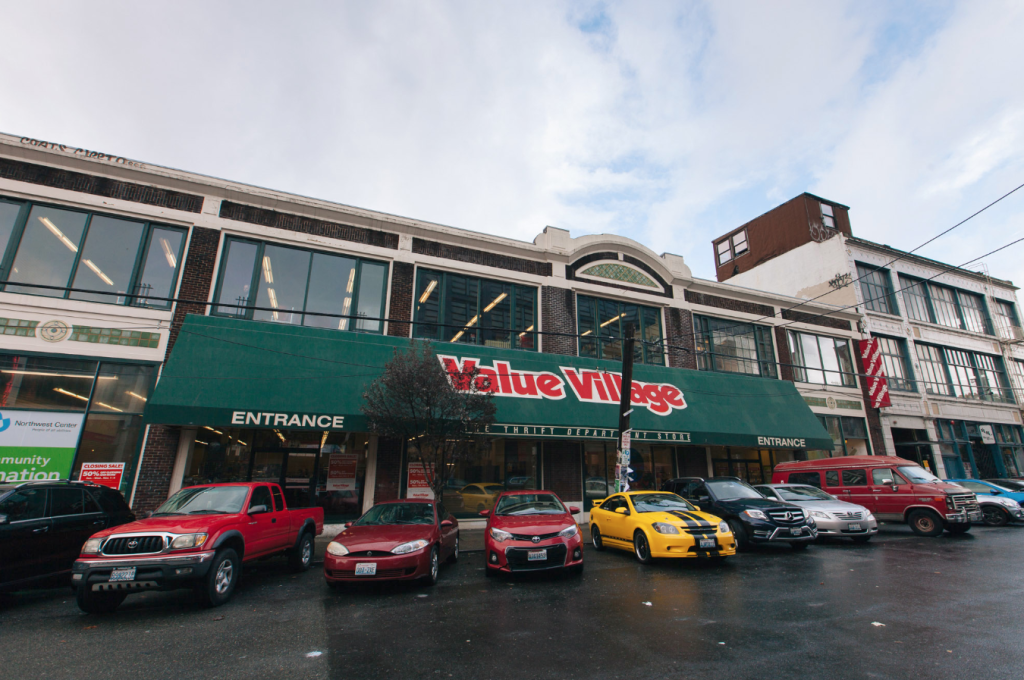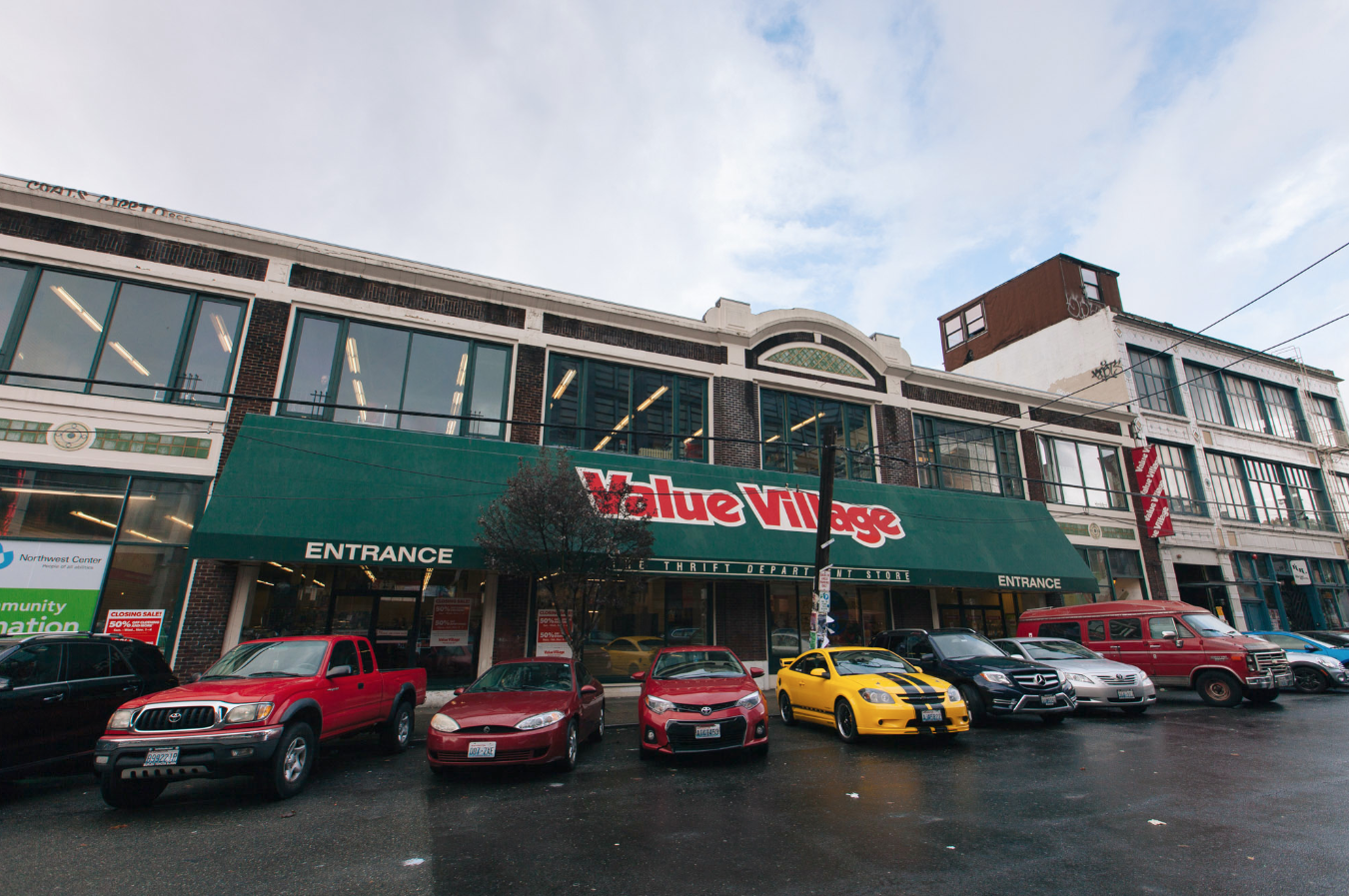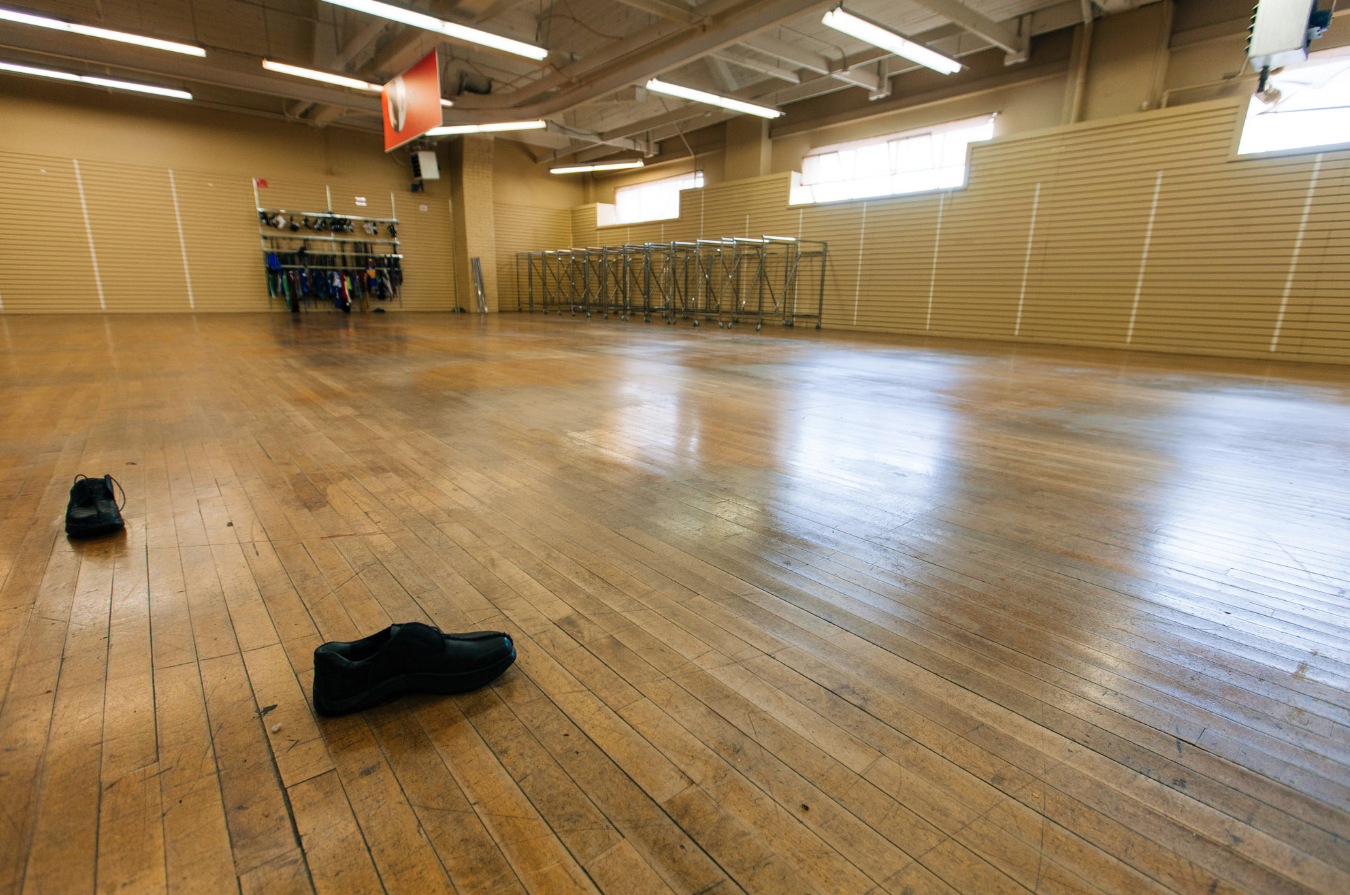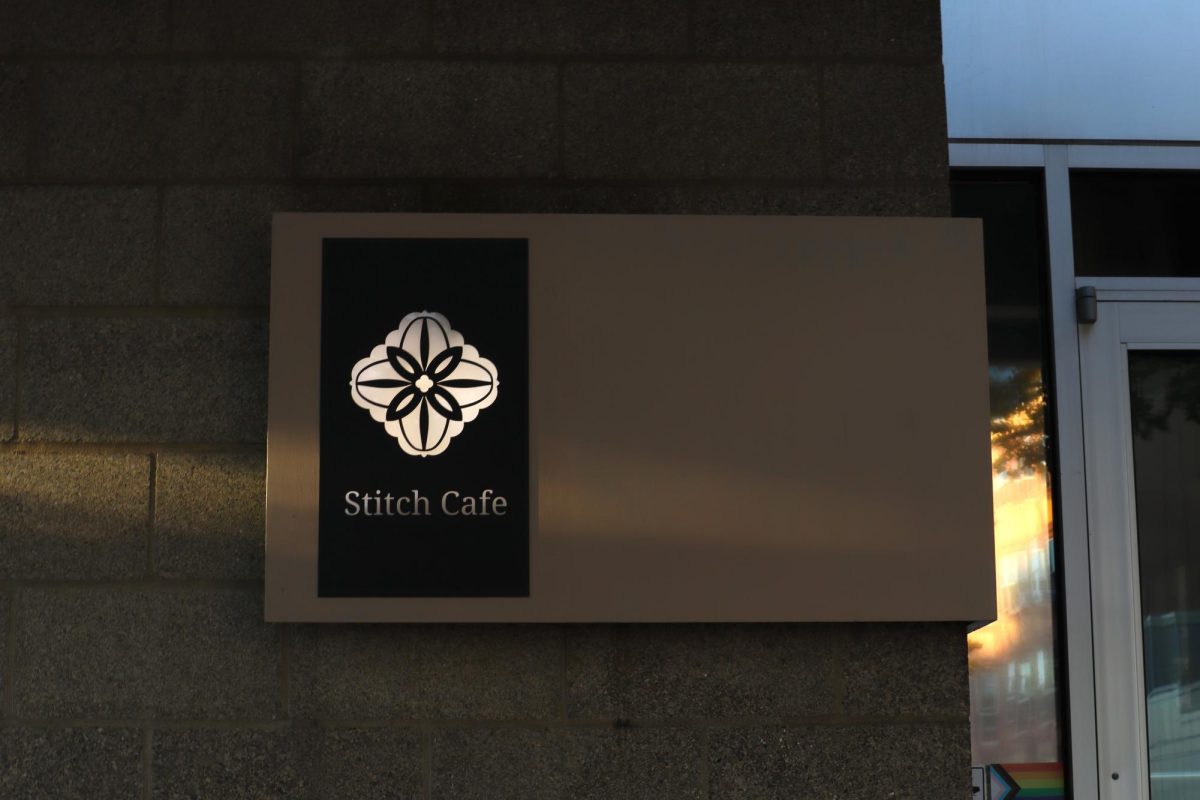n 1917, the Kelly-Springfield Motor Truck Company opened its doors to a very different Seattle than the one we know today. Industrial workers walked 11th Ave as lumber trucks rumbled down Capitol Hill towards ships docked by the Puget Sound. 46 years later, the crowds of blue collar workers are replaced by bell-bottom toting hippies as Recreational Equipment Incorporated (REI) opens its flagship store in the old auto-garage. Nearly a generation later Value Village revealed its new Capitol Hill location as grunge rock blared from local bars. Now, on Nov. 7, the thrift store will close its doors after nine years of service and a new apartment building will be built, using the landmark location as a base.
After being leased month-to-month for several years a spokesperson for the company cited the change as due to “certain business conditions”. The announcement was made on Oct. 24.
“I’ve seen a lot of people come together at Value Village, for whatever reason and find something there,” said junior, Maddie Olson. “I think with Value Village leaving, that’s a space where a bunch of people from a bunch of different walks of life came together and that’s leaving too.”
For Olson, Value Village has been a staple in Capitol Hill. She reminisced about her first time in the store; the smell and the excitement that waited behind those glass doors. On the hunt for neon blazers and leg warmers for Seattle University’s 80s Dance, Olson and her friends tore through the aisles, all the while getting advice from employees and compliments from fellow shoppers. That’s why she created the Facebook page
“Thank You Value Village!”, to show gratitude for all the memories the store provided. But, she explained that the thrift store symbolizes so much more than cheap deals.
“I think that Value Village was just one small representation of the diversity, not just racial diversity but diversity of all types, where people would come together on Capitol Hill,” Olson said.
Some students, such as sophomore Fred Seymour, feel that Value Village leaving Capitol Hill is part of a larger trend. He pointed to gentrification, or the process of renewal and rebuilding by an influx of wealthier individuals that displaces poorer inhabitants, as a main cause for this and many other moves.
“The world is definitely changing, and the fact that even an established chain like Value Village is feeling pressure from mega-corporations to move, downsize and diminish themselves is so chilling,” said Seymour.
The gentrification of Seattle communities is neither recent, nor limited to Capitol Hill. It touches all communities in Seattle, from the International District to the Central District.
“When I was six or seven years old, there were these new houses being built that looked different from a lot of houses in Seattle,” said sophomore Dajeanne Washington. “They were very urban, with coloring, and paneling… they started taking down buildings and parking lots and building these apartments.”
Washington described the Central District she grew up in as a thriving cultural hub. Her father and grandparents grew up and lived in the same neighborhood their whole lives, in a community she said was characterized by “our traditions, our culture, and our love for each other.” When she was growing up, 60 percent of the Central District was African American, and now—with rising rent prices and costs of living—only 20 percent of that community remains.
“There’s people coming in and not wanting to learn the history of the central district, and that breaks my heart,” Washington said.
The community has been forced to relocate to southern districts such as Rainier Beach and Tukwila. This process of raising rents and involuntary migration is only aided by the movement of new populations, such as students, into existing communities.
“I never really thought about it. And then I noticed that a lot of buildings, especially on the Pike-Pine corridor were being torn down, and it just sits weird with me… realizing the impact that we have, the SU community and SU students, as a private liberal arts school is important,” Olson said.
Washington said the first step towards engaging with local communities is educating oneself about the rich narrative and culture that exists in historical neighborhoods such as Capitol Hill or the Central District. She urges new residents to try to learn from the people who have lived here for generations.
“[People] move to this urban area to try to get a better experience, to experience diversity and culture,” Washington said. “Well, that’s great, but have you ever thought about the people that are living here, and those opportunities to learn from them?”
For her, the solution requires both conversation and action. Instead of focusing on what you can take from Seattle, center on what you can do as an individual to give back and build the city and its communities up.
Jason may be reached at [email protected]













